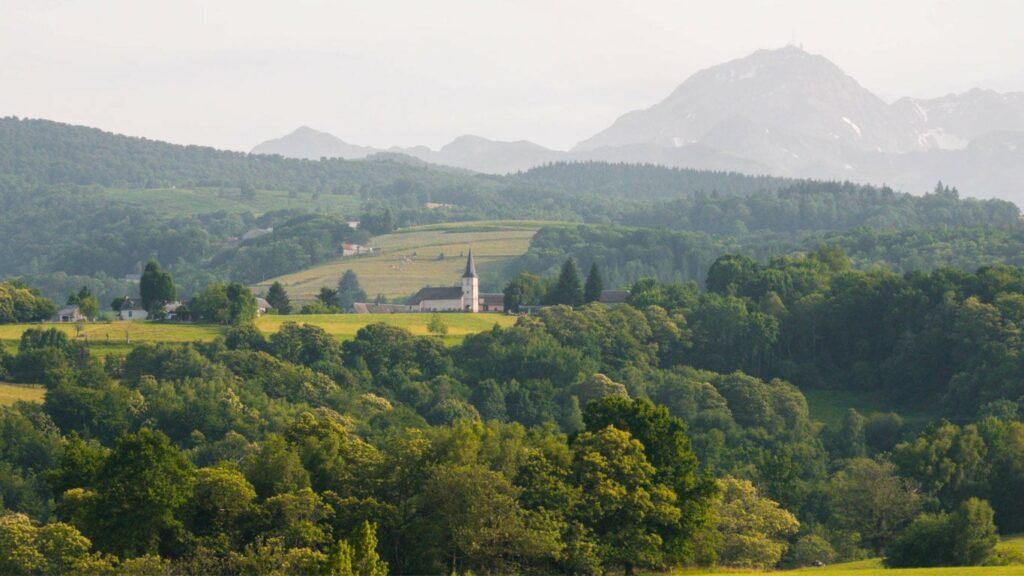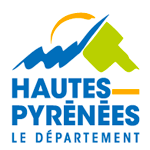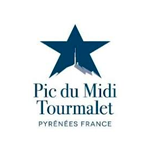En plaine, au milieu des Baronnies ou sur les côteaux, les villages de la destination Tourmalet Pic du Midi ont un charme fou et des trésors à vous offrir…
L’ensemble des villes et villages forment la Communauté des Communes de la Haute-Bigorre, elle compte 25 communes et environ 17 000 habitants.
Découvrez les villages :
(classez par ordre alphabétique)
Antist
Situé entre Ordizan et Montgaillard, Antist est un petit village de 171 habitants, au bord du canal de L’Alaric.
Son église, à l’entrée du village, est couronnée par un clocher de plan rectangulaire. Vous y découvrez un mobilier baroque remarquable sculpté par les frères Ferrère.
Antist offre de belles promenades sur les coteaux dont une qui permet de rejoindre le village d’Ordizan.
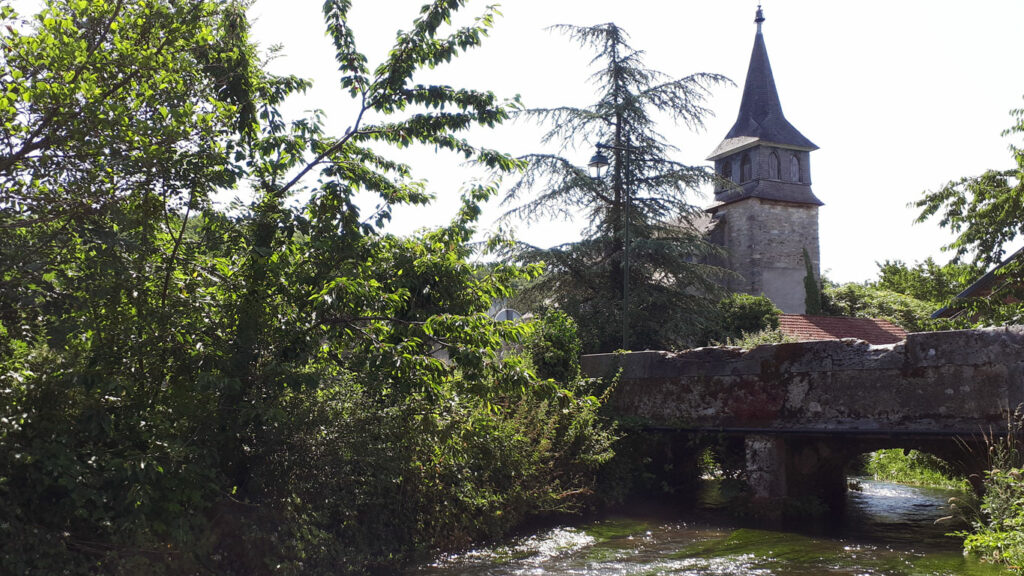
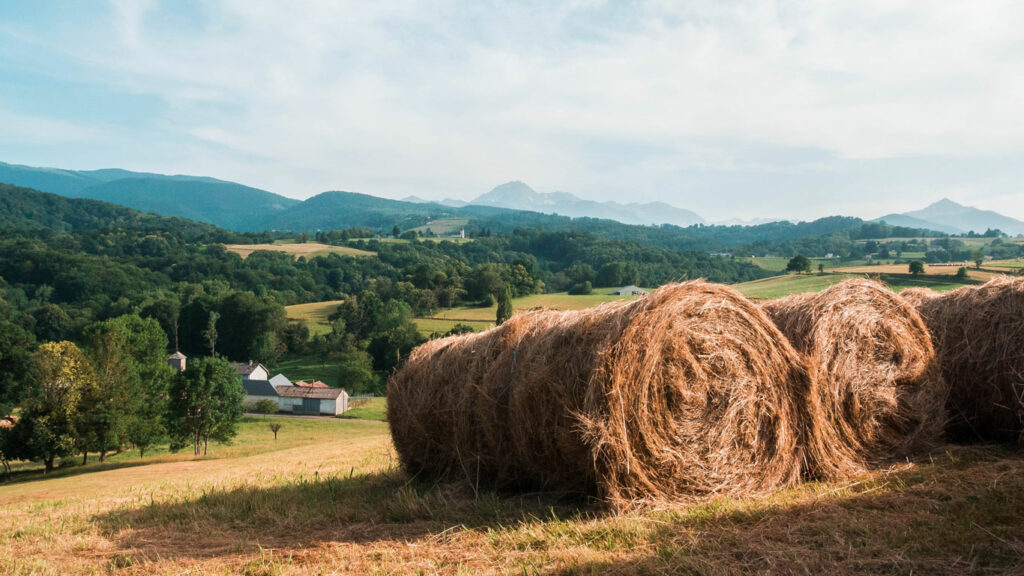
Argelès-Bagnères
Village perché sur une petite motte féodale, entouré de collines boisées, Argelès- Bagnères offre une vue remarquable sur le Pic du Midi.
Pour la petite histoire, c’est par référendum que les habitants de ce village ont été amenés à confirmer dans les années 2000 le nom de leur commune.
L’on peut y visiter son église de style gothique, l’église de l’Assomption
Asté
Asté rend honneur au patrimoine lié à l’eau, ses nombreuses fontaines, lavoirs et rigoles en témoignent.
On ne peut visiter Asté sans rendre visite à la maison des frères Ferrère et du baroque pyrénéen, célèbres sculpteurs de nombreux retables , ni sans admirer les grottes de Médous, leurs magnifiques concrétions ! L’incontournable promenade à la fontaine de Crastes permet de jouir de la célèbre propriété cicatrisante de son eau.
Asté est aussi connu pour la production de ses fameuses « carottes d’Asté », à la couleur et au goût dus à son terroir.
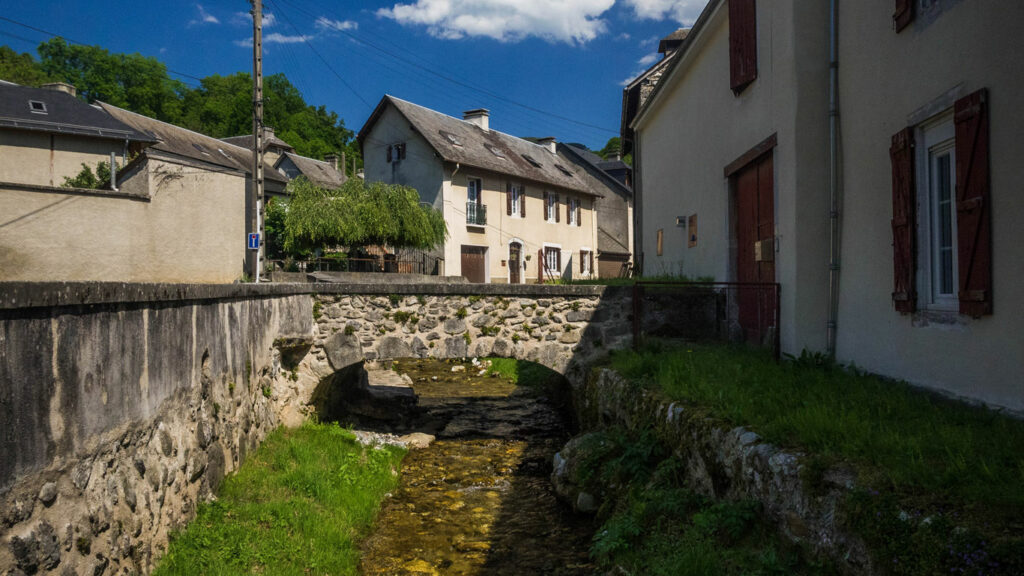
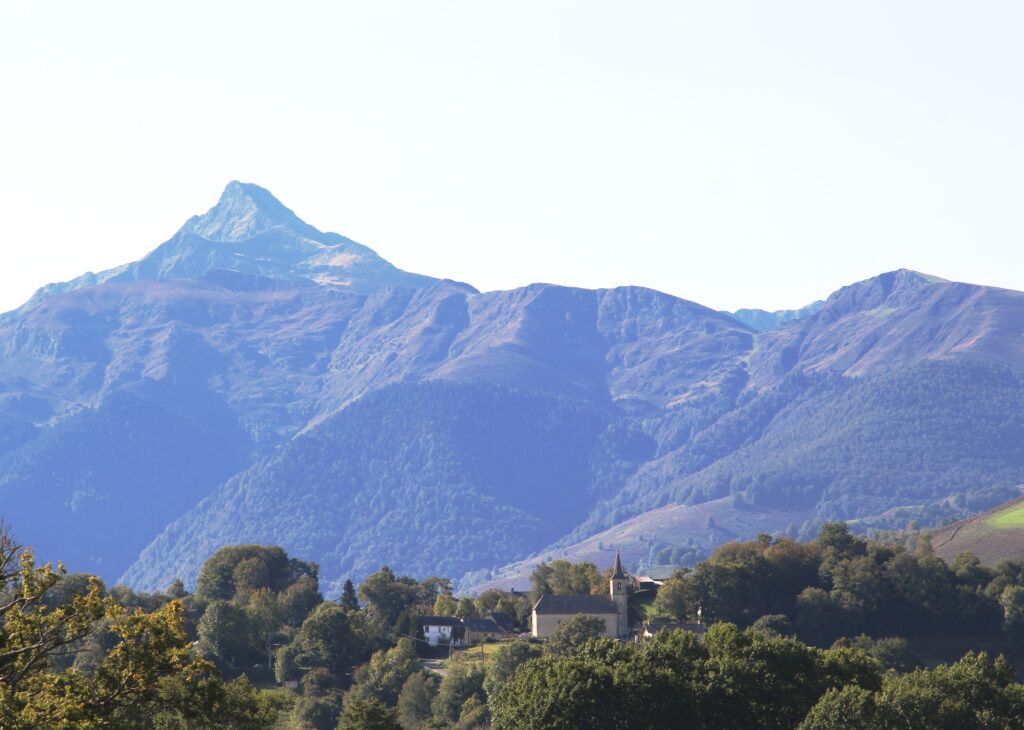
Astugue
Situé à 700m d’altitude sur une motte féodale, Astugue est un village de 265 habitants. Son nom viendrait du patois « Astugayos », qui veut dire fougère.
Au-delà de ses paysages agricoles très vallonnés, et de ses beaux panoramas sur la chaîne pyrénéenne, Astugue est le siège d’un ancien préventorium devenu hôpital, chose peu commune dans un aussi petit village !
L’hôpital « Le Montaigu » trône donc sur le territoire d’Astugue, bâtisse moderne et imposante au milieu des fougères et d’un cadre apaisant
Bagnères-de-Bigorre
Nichée au cœur des Pyrénées et de la Haute Bigorre, Bagnères-de-Bigorre est une station thermale et touristique réputée pour sa douceur de vivre, son cadre naturel exceptionnel, la richesse de son patrimoine et la vitalité de sa vie culturelle et sportive. Plus d’infos ici.
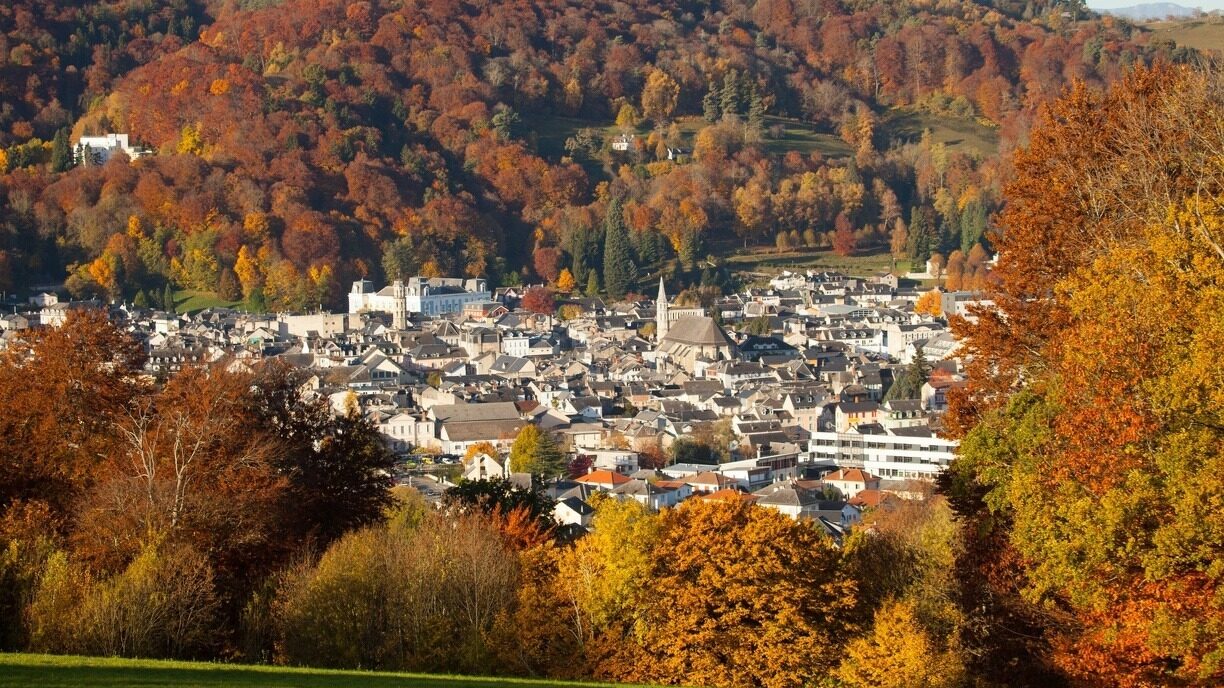
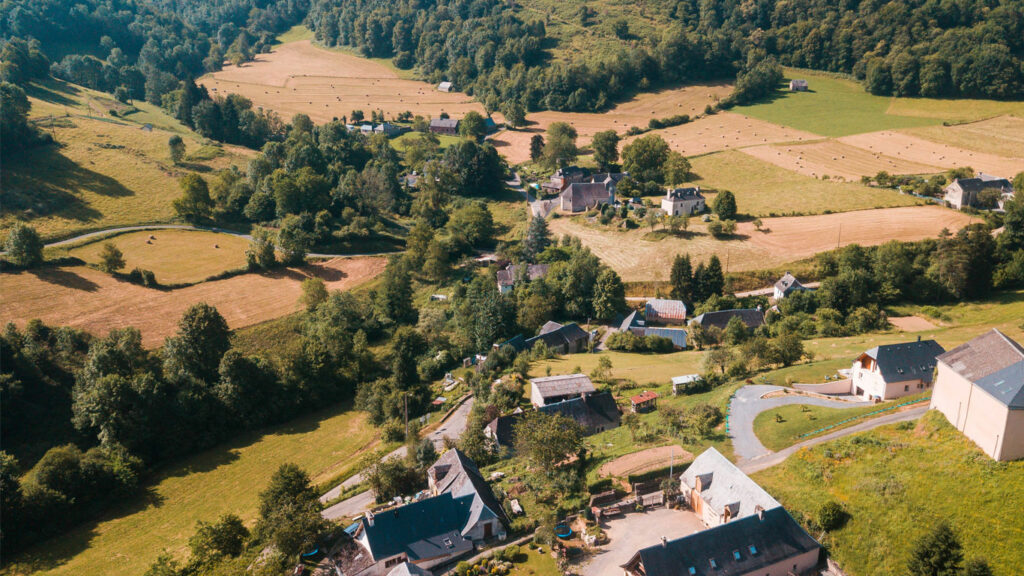
Banios
Situé dans les Baronnies, Banios est un village dispersé formé d’une dizaine de hameaux, et qui compte 51 habitants .
Entouré de collines boisées, avec une belle vue sur les Pyrénées, l’environnement de Banios est propice à l’installation de différentes fermes biologiques, dont locaux et touristes peuvent acheter les produits, en particulier lors du marché du samedi matin, à Bagnères.
Son église de la Nativité de la Sainte vierge est remarquable, ainsi que le monument aux morts, hommage aux résistants de la 2ème guerre mondiale et à Eugène Sarrat, son Maire déporté.
Beaudéan
Beaudéan présente toutes les caractéristiques de « porte de montagne », avec son habitat typé et son église classée. C’est l’un des rares villages du Tourmalet-Pic du Midi a avoir conservé son habitat traditionnel.
L’église conserve un riche mobilier baroque, dont un somptueux retable de Marc Ferrère. Le clocher donjon en éteignoir est garni de quatre clochetons.
Le château des seigneurs de Beaudéan domine le village de son imposante stature.
Beaudéan propose une jolie promenade en boucle dans le vallon de Serris , où l’on peut aller à la rencontre des bergers de « vie d’estive », bergerie récréative et pédagogique.
L’énergie hydroélectrique est très présente à Beaudéan, sa centrale est ouverte et offre des possibilités de visites.
Le musée Larrey, labellisé « maison des illustres », rappelle que le Baron Dominique Larrey, chirurgien chef des armées de Napoléon 1er, est un enfant du village !
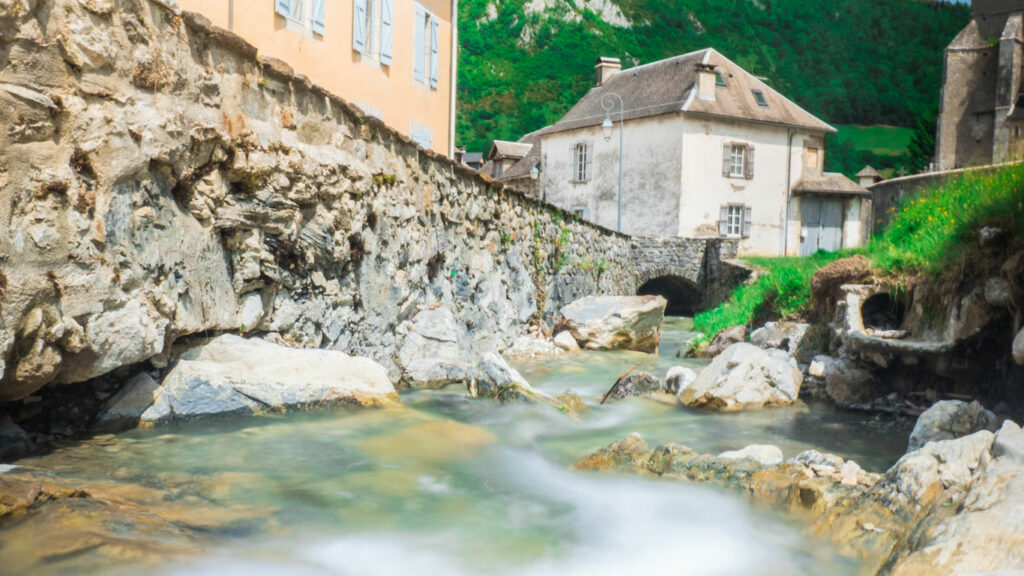
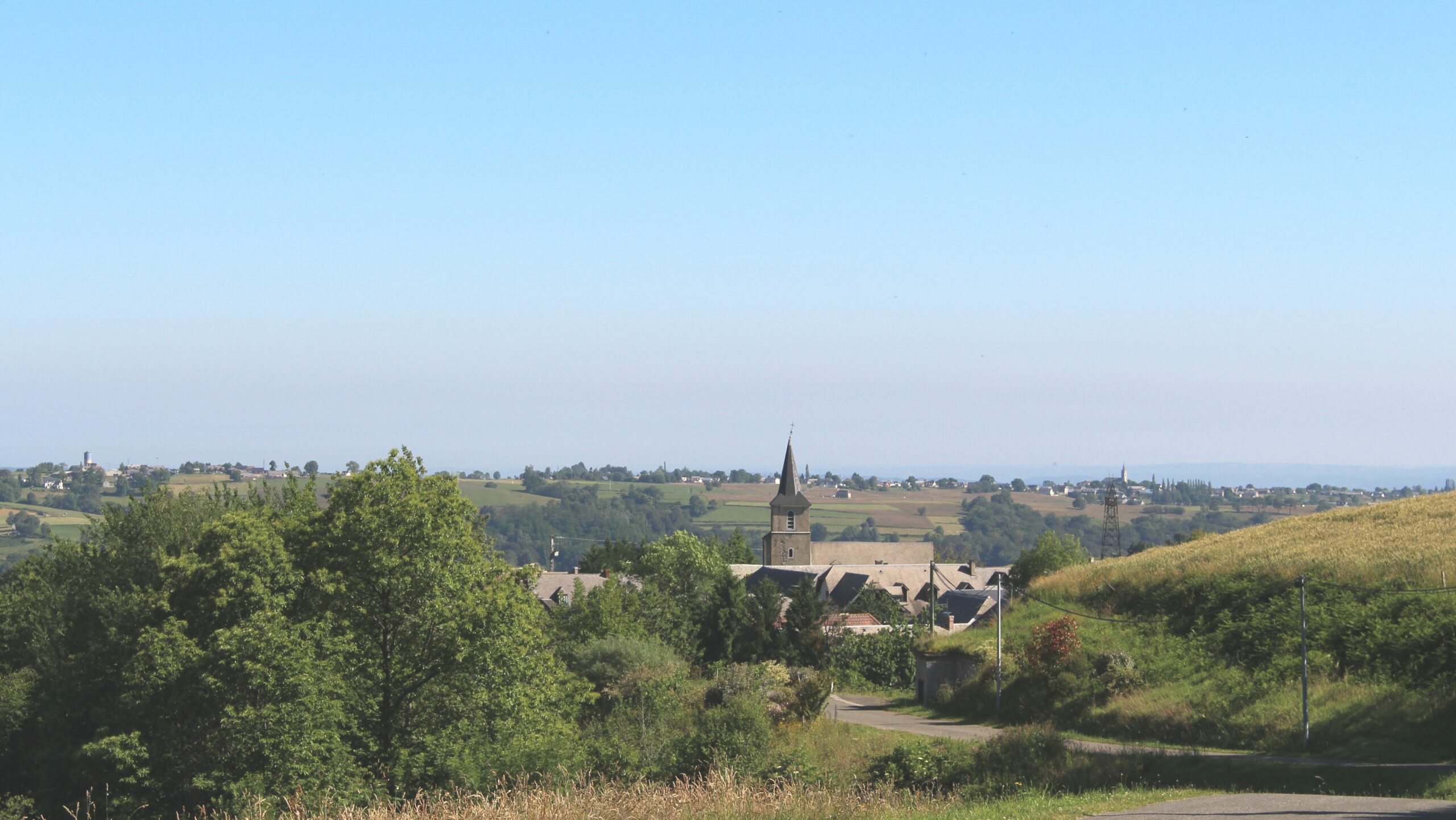
Bettes
Le village de Bettes, dans les Baronnies, tient son nom du patois « Bet-ha », qui signifie beaux hêtres. Les moines de l’Escaladieu sont à l’origine, vers 1450, de l’exploitation de ces forêts.
Ce petit village est au coeur de superbes paysages verdoyants et d’un panorama sur les montagnes , est sur le parcours du GR 78, chemin du Piémont Pyrénéeen, qui mène de nombreux pèlerins vers Saint Jacques de Compostelle. On peut visiter l’église St Pierre de Bettes.
Les ruisseaux qui traversent Bettes servent de limite/frontières avec les autres villages avoisinants.( Uzer, Castillon).
Campan
Le typique village de Campan se divise en 3 parties : Campan–Bourg, Sainte- Marie de Campan et La Séoube. Ces trois parties sont espacées de plusieurs kilomètres, sur lesquelles se répartissent ses 1338 habitants.
Au bourg, on musarde avec plaisir, de la superbe halle du XVIème siècle jusqu’à l’église avec son portail Renaissance, son cloître et son monument aux morts. Nombreuses sont les fontaines, les lavoirs, les façades à colombages, les cours fermées et leurs portes cochères, datant des XVI et XVIIèmes siècles.
L’été, les Mounaques, poupées de paille et de chiffon, sont de sortie et saluent le long de la route les innombrables cyclistes venus affronter les cols du territoire.
Campan et sa vallée, terre de culture, d’histoire et de pastoralisme, offre aussi à ses visiteurs un espace idéal pour les balades et la randonnée, que chacun, selon son niveau, peut pratiquer tout au long de l’année.
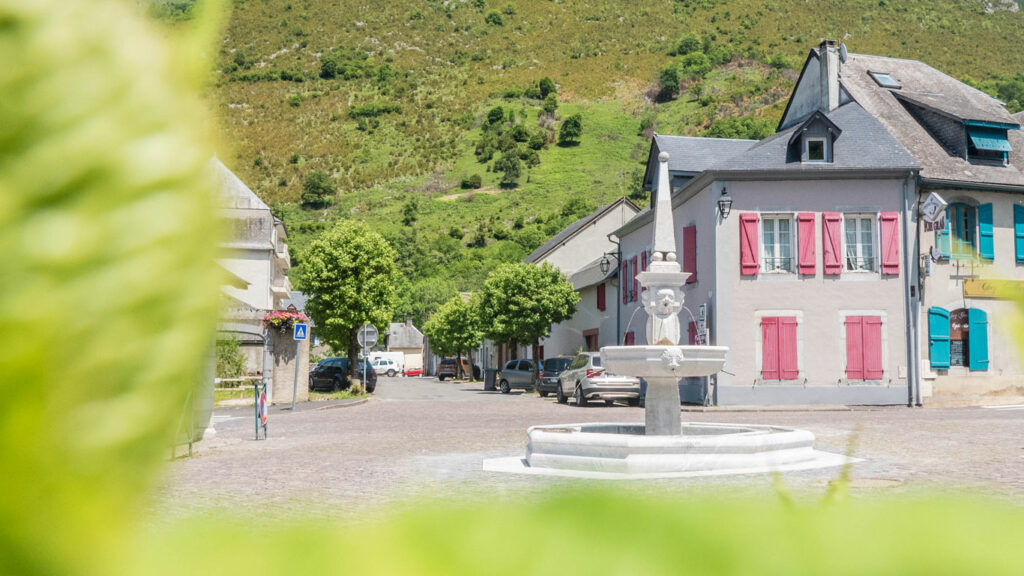
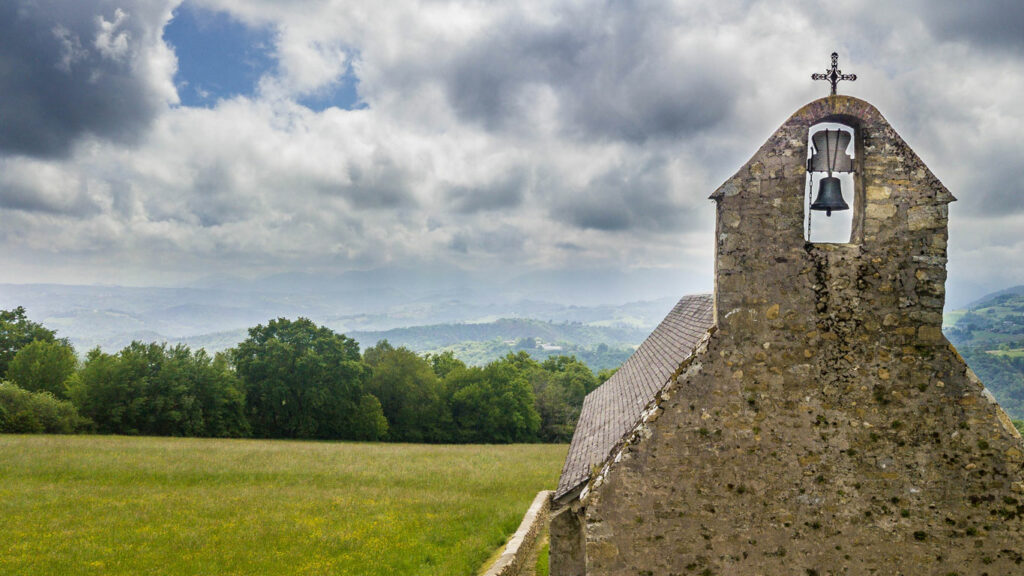
Cieutat
Le long village de Cieutat ( 590 habitants) , qui s’étend sur un coteau entre Bagnères de Bigorre et Tournay, tient son nom du latin « Civitas », qui signifie Cité.
Sur le chemin de l’Abbaye de l’Escaladieu, datant de la fin du 12ème siècle, la chapelle de Roumé est la plus ancienne sur la route des pèlerins de Saint-Jacques-de-Compostelle, et la seule qui subsiste de toutes celles qui jalonnaient leur chemin dans la région.
De son emplacement, la vue sur les Baronnies et le panorama sur la chaîne des Pyrénées est unique !
Gerde
Le village de Gerde ( 1165 habitants) est la patrie de Philadelphe de Gerde, célèbre poétesse.
La richesse de sa vie associative, l’attention portée à la protection de l’environnement et du patrimoine en font un village où il fait bon vivre et se promener. Son église présente un retable sculpté par les frères Ferrère.
Gerde offre une grande aire de jeux pour les enfants et de jolies balades, d’où l’on peut rejoindre, en montant par la forêt, le col des Palomières, prisé à l’automne, comme son nom l’indique, par les chasseurs de palombes .
Le panorama y est superbe, et le promeneur, en récompense de son effort, pourra déguster la garbure à l’auberge des Taillats, chez Loulou, figure historique du lieu.
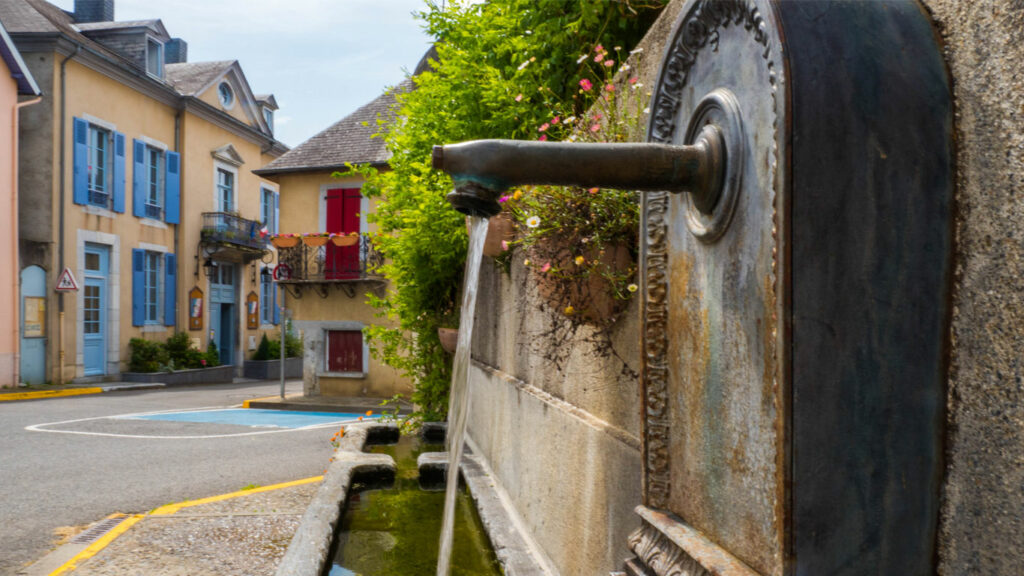
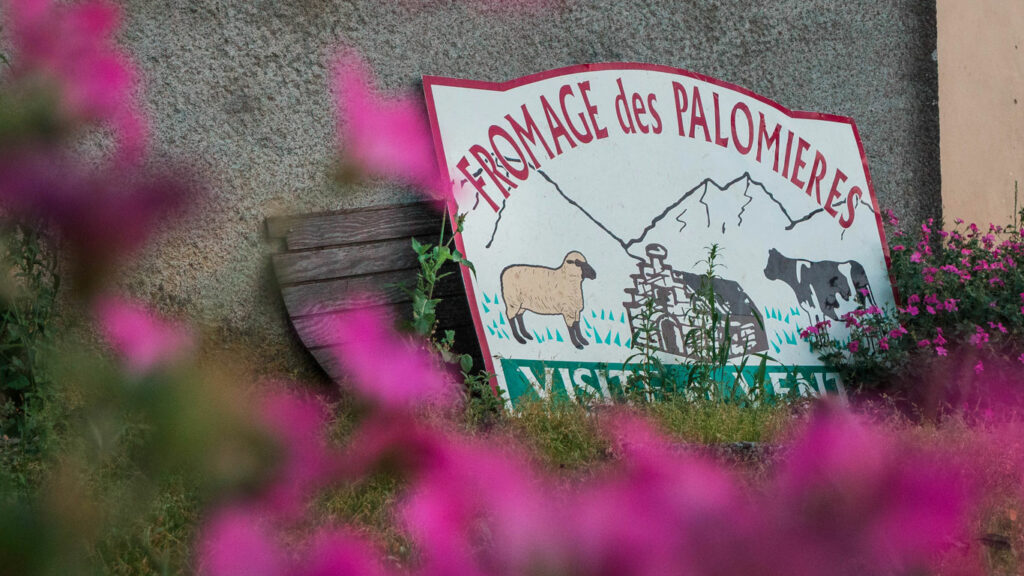
Hauban
Le village d’Hauban tient son nom de « ets haubas », qui signifierait « serfs ».
Ce village, situé sur un coteau entre Bagnères et Orignac, présente un habitat dispersé avec de belles maisons bigourdanes aux toits d’ardoise. La particularité d’Hauban est de ne pas avoir d’église traditionnelle en son cœur, contrairement à tous les villages voisins.
C’est une terre agricole, l’élevage y est partout présent.
Hiis
Le village d’Hiis, se démarque des autres villages, de par sa position sur la plaine, et de par les collines qui l’entourent. Embrassant les montagnes depuis ses fermes traditionnelles, qui indiquent un passé mais aussi un présent, marqués par l’élevage et l’agriculture.
On fait une halte à son église, de style néo-classique, et dotée d’un clocher-mur bigourdan. Si l’on est promeneur, une balade au gré de l’Adour vous fera appréhender l’évolution du fleuve depuis sa naissance jusqu’ici.
Hiis est le « village- frontière » entre la Haute- Bigorre et le reste du monde !
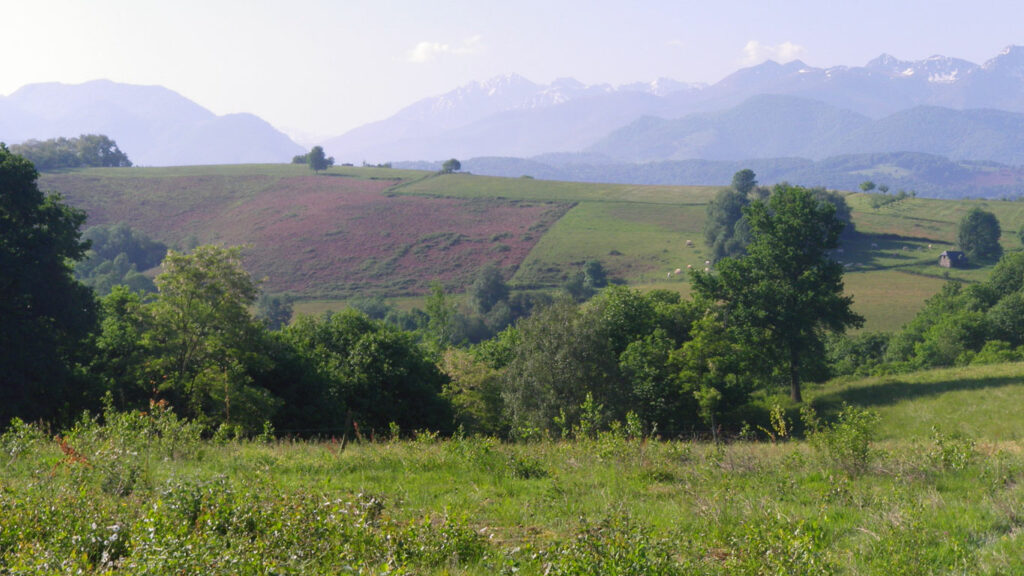
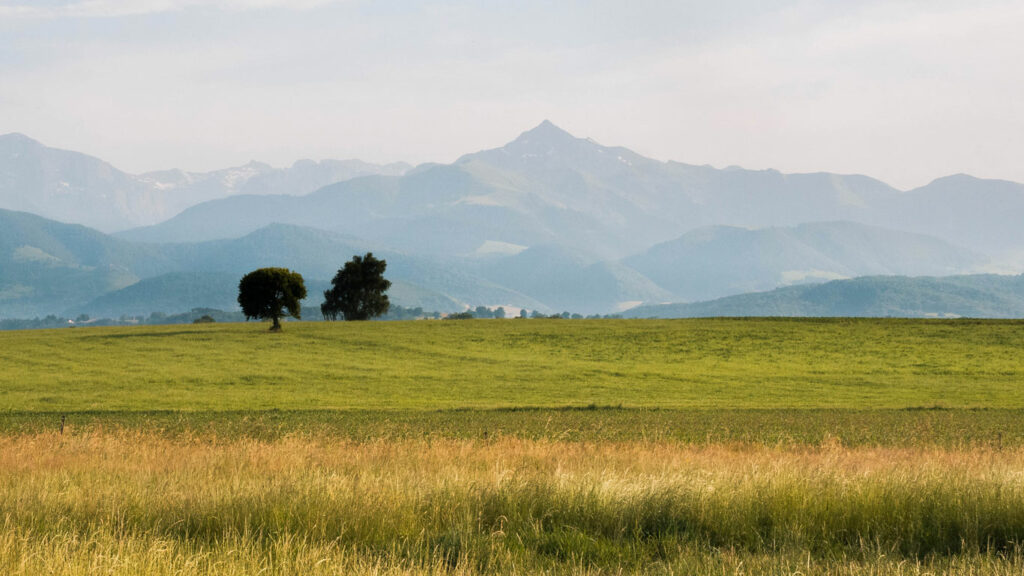
Hitte
Petit village du piémont Pyrénéen, Hitte, juché sur son coteau, offre un belvédère époustouflant sur la chaîne des Pyrénées. Le village bénéficie d’une quiétude propice à la contemplation et au repos.
Hitte propose de nombreuses promenades à pied, à vélo ou VTT, et à cheval, grâce au centre équestre voisin d’Orignac. Son église avec son retable et son tableau de Lataste est remarquable.
Ici, le patrimoine paysager est préservé et modelé par une agriculture raisonnée ( élevage et production laitière). C’est aussi un site de nidification de milans royaux, de faucons, busards Saint Martin, Pics Epeiches…qui lui confèrent une avifaune très riche. La flore y est respectée et l’on peut aussi deguster des produits de la ferme, comme par exemple les yaourts de la « Ferme du Tilleul »
Labassère
Perché à 765m de hauteur, le village de Labassère et son imposante église néo-gothique, ne peuvent passer inaperçus depuis Bagnères et ses environs.
Les ardoises qui recouvrent le château de Pau , la cathédrale d’Amiens ou la cité de Carcassonne viennent de Labassère, dont le nom occitan ( abasse) signifie ardoises. Cette exploitation de l’ardoise a fait la renommée du village.
Le vieux quartier de Labassère Débat est toujours dominé par un donjon en ruines, vestige d’un château du XIIème siècle.
Les alentours du village sont un petit paradis pour les marcheurs ou les cyclistes recherchant des chemins calmes et sauvages.
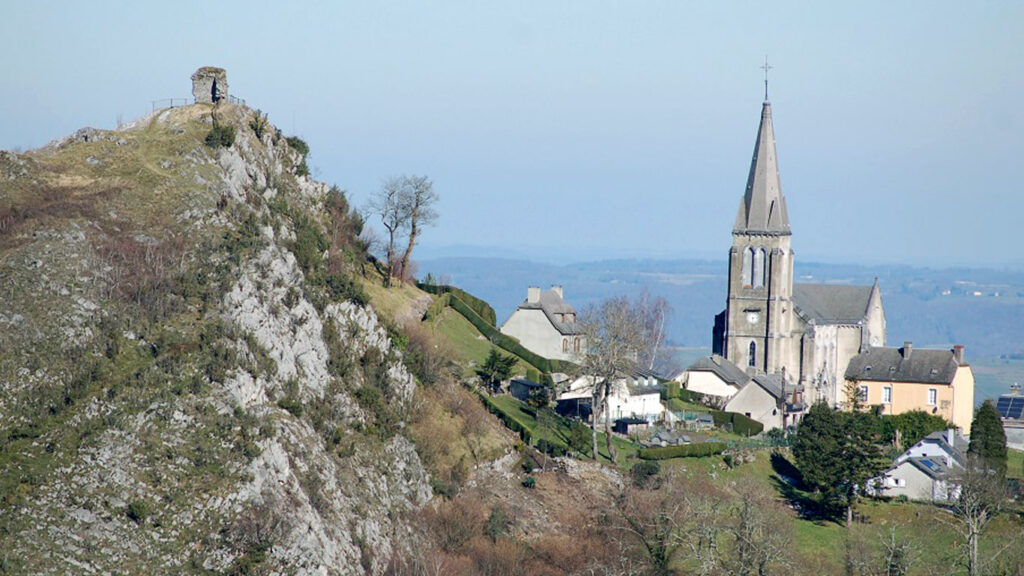
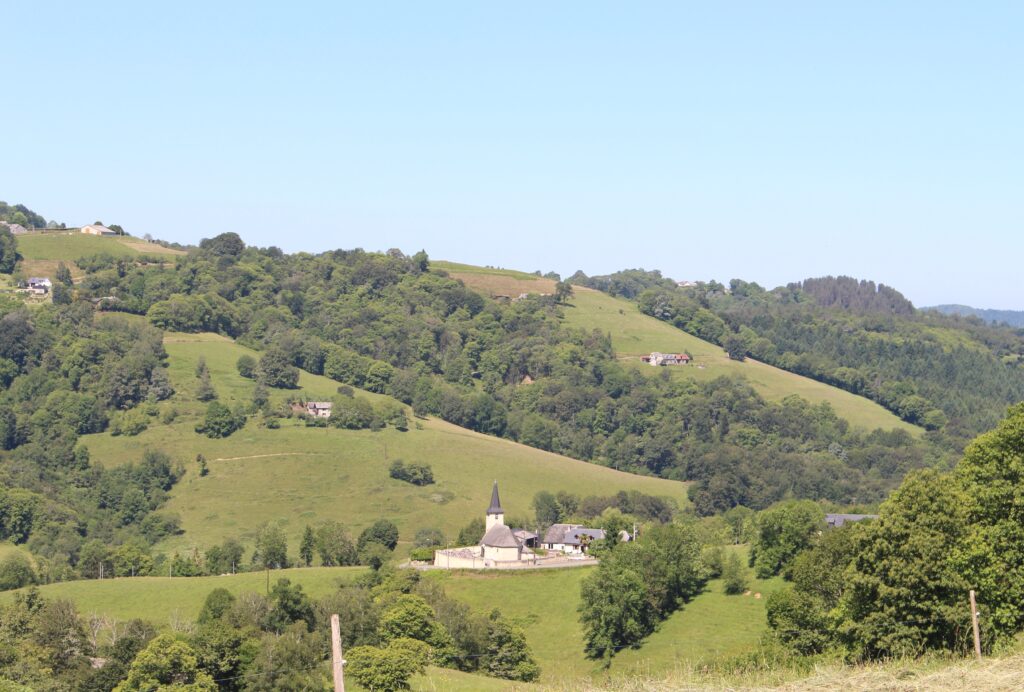
Lies
Un des remarquables villages est sans doute le minuscule Lies. On y cultivait autrefois le lin doux, ( « li » en patois), d’où provient le nom du village. C’est un village « espariqué », qui signifie éparpillé. On y élève les ovins et les bovins, et on peut y rencontrer deux moulins.
Nature sauvage et préservée, paysage de basse montagne et de forêts, panorama sur les montagnes, Lies, tout petit village de 67 habitants, est un lieu idéal pour les balades, la chasse ( très connu pour la chasse au vol des palombes, aux col du Bernadaous ou des Tailhats)ou la cueillette des châtaignes et des champignons.
Le sobriquet des habitants était d’ailleurs « las castanhos » qui signifie les châtaignes.
Marsas
Au cœur des Baronnies, depuis le col des Palomières, l’on rejoint le village de Marsas par une jolie route sinueuse qui serpente au milieu de bois de hêtres et de châtaigniers.
Son église classique, ses maisons traditionnelles et ses fermes installées de chaque côté de la petite route qui descend jusqu’au moulin de l’Esqueda, ruisseau qui prend sa source au dessus du voisin Banios et qui va rejoindre l’Arros à Bourg Bigorre, donnent à Marsas un charme et une sérénité propres aux villages des Baronnies.
Petit clin d’œil au célèbre palais des sports parisien, la salle des fêtes de Marsas s’appelle « Lou Zénith » !
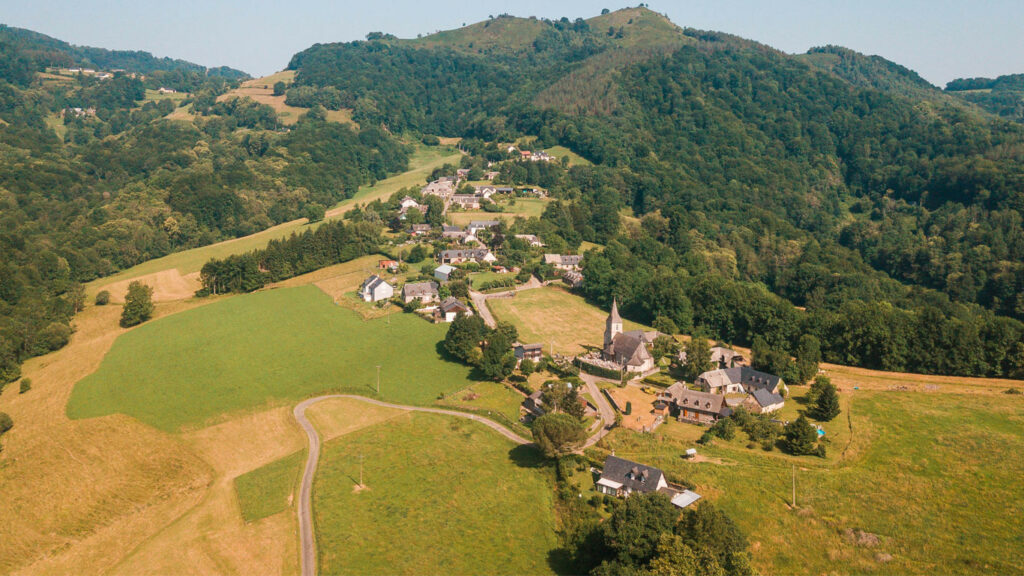
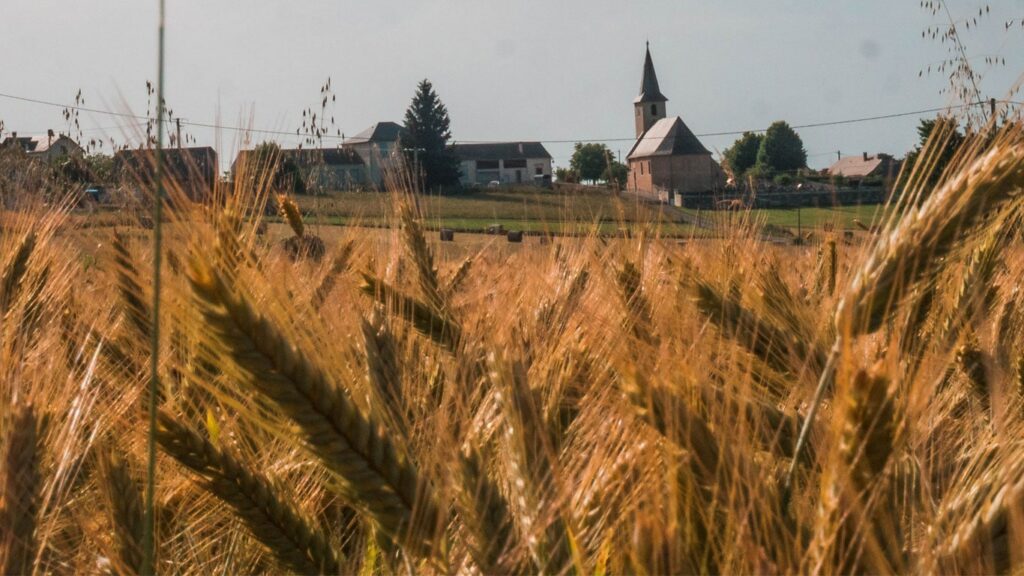
Mérilheu
Ce petit village ( 249 habitants) semble regarder les montagnes Pyrénées et les Baronnies avec une certaine retenue, un certain recul.
Mérilheu, situé dans un superbe environnement de forêts de châtaigners, avec ses fermes bigourdanes, et son église du XIXéme siècle, dévoile une vue unique sur le Pic du Midi.
La polyculture des céréales, l’élevage et la vigne sont présents partout, et les promeneurs, pour peu qu’ils soient attentifs, pourront en automne s’adonner à la cueillette des champignons ou des châtaignes.
Montgaillard
Porte de la Haute Bigorre, Montgaillard offre un belvédère époustouflant sur la chaîne et le Pic du midi. La petite colline qui supporte l’église St Hilaire depuis le milieu du XVIIIème siècle est appelée « le château ».
A deux pas de Bagnères et à égale distance de Lourdes et Tarbes, le village vit toujours à l’heure des travaux agricoles. Il propose de découvrir la Biscuiterie Védère ( fabrication, dégustation et vente dans un cadre ferroviaire), après avoir flané en suivant l’Adour, ou avoir retrouvé des sensations naturelles au « sentier pieds nus », ou encore découvert les pistes VTT.
Les circuits pédestres des mares du cap de la Serre ou des lavoirs, et la visite de l’église St Hilaire complètent l’offre du village, duquel on ne peut parler sans évoquer la fête des « Truca Taoules », festival de musiques actuelles très prisé dans la région et au-delà, qui anime le village depuis plus de vingt ans, et qui a lieu le dernier week-end d’août !
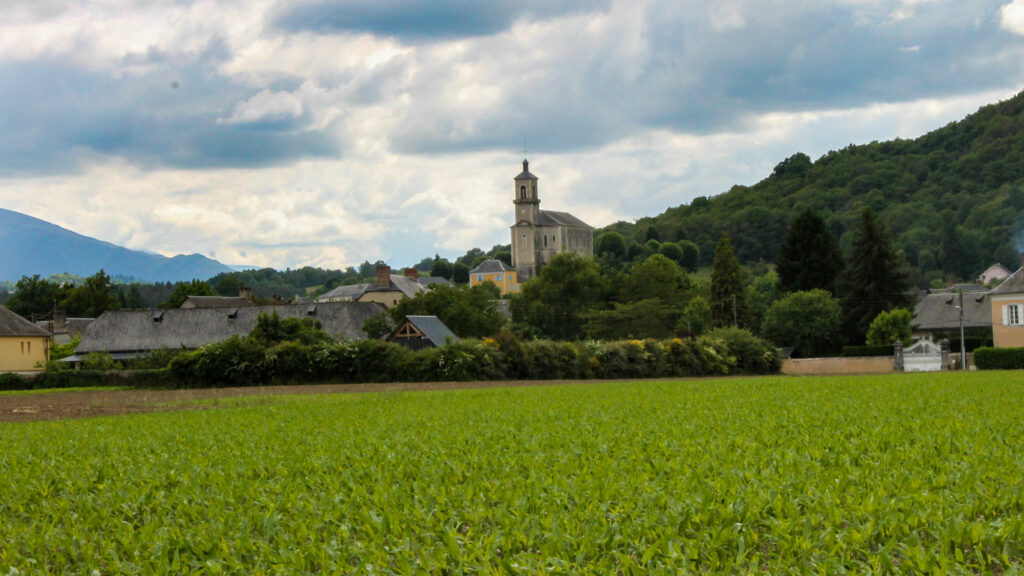
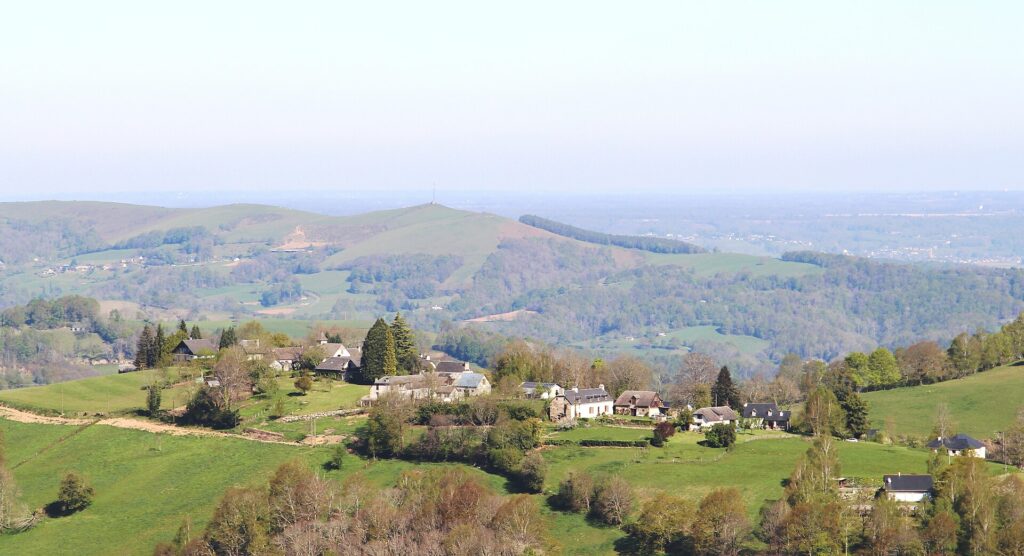
Neuilh
Entre autres noms originaux des villages, on découvre le nom de Neuilh provenant du patois « nu », qui signifie « nœud ».
Ce village de montagne de 99 habitants, abritait au XVIIIème siècle de l’artisanat rural, tisserands et sabotiers.
Sa belle vue sur les environs, son milieu sauvage et diversifié, sa petite église du XIXème, et sa situation sur une jolie route touristique peu fréquentée, font que ceux qui feront le détour par Neuilh pour rejoindre depuis Bagnères la cité mariale de Lourdes, seront enchantés par le calme et la nature préservée de ce village.
Ordizan
Ordizan ( 532 habitants) est un village du piémont, traversé par l’Adour, le canal de l’Alaric et le ruisseau de l’Arrêt-Darré. Le village doit son nom à la présence, autrefois, d’ateliers spécialisés dans la fabrique d’ourdis, mélange de fil, de lin et d’étoupe, utilisé par les tisseurs de Bagnères de Bigorre dès le XVème siècle.
La balade sur les coteaux permet de découvrir la chaîne pyrénéenne, ainsi que la vallée de l’Adour jusqu’à Tarbes. L’on se promène aussi tout autour de l’eau, élément partout présent à Ordizan, sur la balade « au gré de l’Adour ».
On en profitera pour s’arrêter à l’angle de la rue de l’Alaric et de la rue du Moulin pour admirer l’ancien pigeonnier.
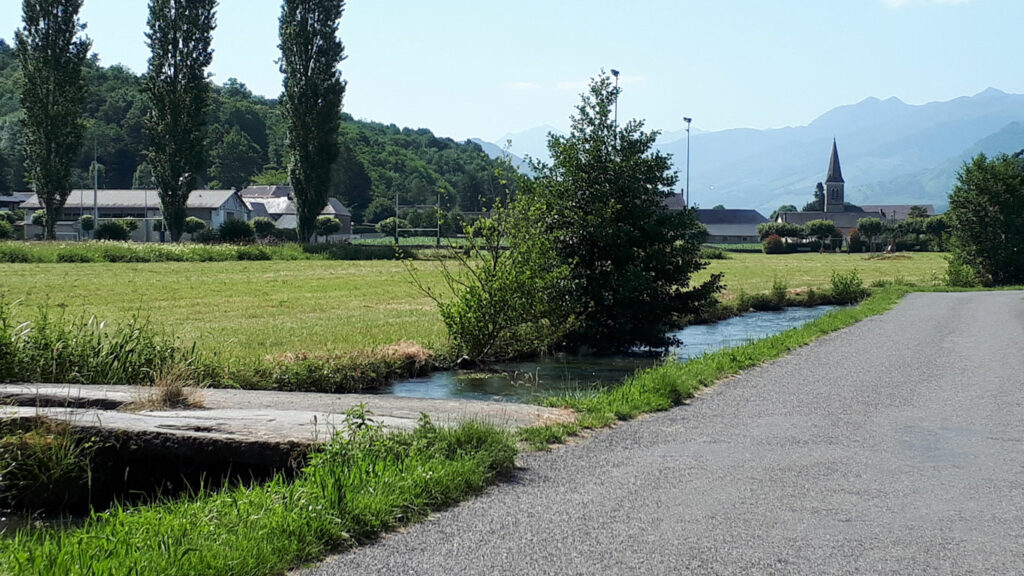
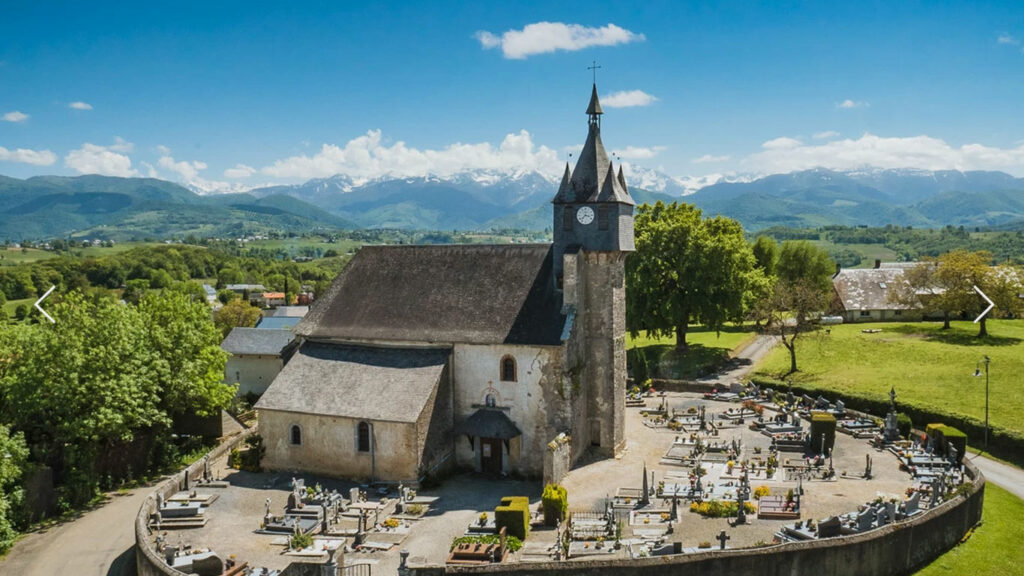
Orignac
Loin des grands axes touristiques Orignac est un des villages du Tourmalet Pic du Midi qui mérite le détour.
L’église d’Orignac possède un retable et un baldaquin classés. Cette église, sous sa forme actuelle depuis le XIVème siècle, véritable joyau de l’art religieux, s’impose de façon incontournable au visiteur (contacter la Mairie).
De nombreux chemins offrent de belles balades et, avec un peu de chance, l’on pourra rencontrer sur les landes une orchidée des Pyrénées (Sabot de Vénus).
Durant toute l’année, des concerts ont lieu en l’église St Martin, chant traditionnel, opéra, musique classique, ou gospel.
On peut aussi visiter l’atelier de sculpture de Sylvia Hansen et d’Alain Bagues, situé 18 cami de Mousturo. L’auberge du village, aux menus traditionnels, est une étape gourmande à ne pas manquer.
Pouzac
La particularité de Pouzac est qu’il possède deux clochers, celui de l’église, excentré, et celui de l‘école au centre du village.
L’église St Sernin (St Saturnin) date de 1300, elle fut détruite en 1556 et reconstruite 2 ans après, de style gothique. On peut y admirer le cœur, le tabernacle et le retable, dont les sculptures sont de Jean Férrère et Elie Courau, et les peintures de Jean Catau, artistes de la vallée.
A Pouzac, on peut profiter du jardin partagé au centre du bourg, s’activer sur le parcours de santé ou les chemins de randonnées du camp de César, jouer au golf sur le golf de la Bigorre avec une vue unique sur les pyrénées tout au long du parcours, ou flaner au fil de l’eau entre l’Adour, l’Anou et la Gailleste. Le village est parsemé de lavoirs et de fontaines qui fournissent en abondance de l’eau fraiche et potable.
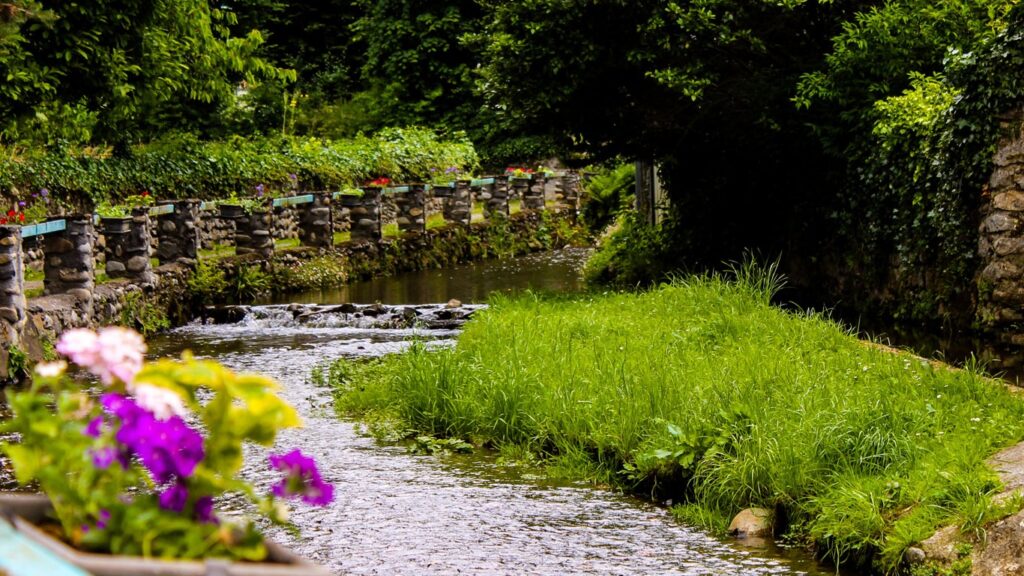
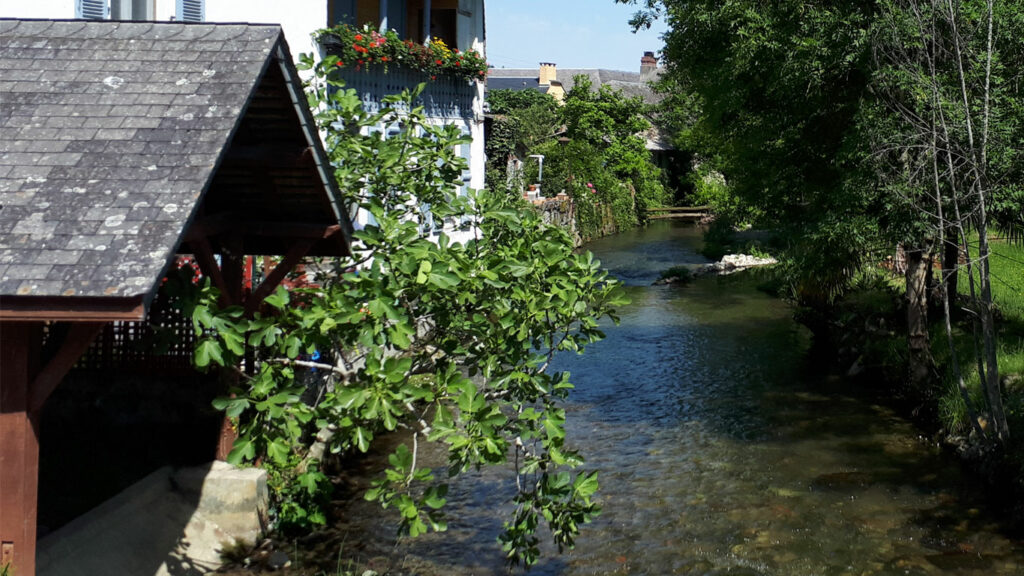
Trébons
Traversé par le canal de l’Anou, au pied de collines bordant l’Adour, le village est connu pour la culture ancienne d’une variété d’oignons à la saveur douce et au bulbe allongé, le fameux « oignon de Trébons ». Il doit ses qualités gustatives aux riches limons de la vallée de l’Adour. Ses habitants sont d’ailleurs surnommés les « cébassés », mangeurs ou cultivateurs d’oignons.
Trébons, c’est aussi la chapelle de Notre dame de la Hourcadère ( hourque signifie fourche, intersection de 2 routes), qui , édifiée en 1693, abrite le tombeau du Maréchal de Ségur, qui n’est autre que le grand oncle de la célèbre comtesse ! Une longue épitaphe est inscrite sur une stèle en marbre du pays.
Trébons, c’est la quiétude et la beauté de la campagne à 2 pas de la ville et de la montagne.
Uzer
Le village est traversé par le ruisseau du Luz, offre une vue très étendue sur les montagnes, et les vallons alentour. Ce village-rue ( « carrere grana » signifie grande rue..) est , comme Bettes son voisin, traversé par le GR 78, appelé chemin du Piémont Pyrénéen, chemin de grande randonnée qui relie la cité de Carcassonne à St Jean Pied de Port, sur la route de St Jacques de Compostelle.
L’élevage d’ovins et de porcs y est présent, et nombreux sont les pâturages et troupeaux aux alentours. De par ses activités culturelles, Uzer est un village très dynamique.
C’est un des villages du Tourmalet-Pic du Midi qui se trouve être une jolie étape sur la route touristique des Baronnies, la D 26, qui est peu fréquentée et dévoile ses trésors à chaque tournant !
